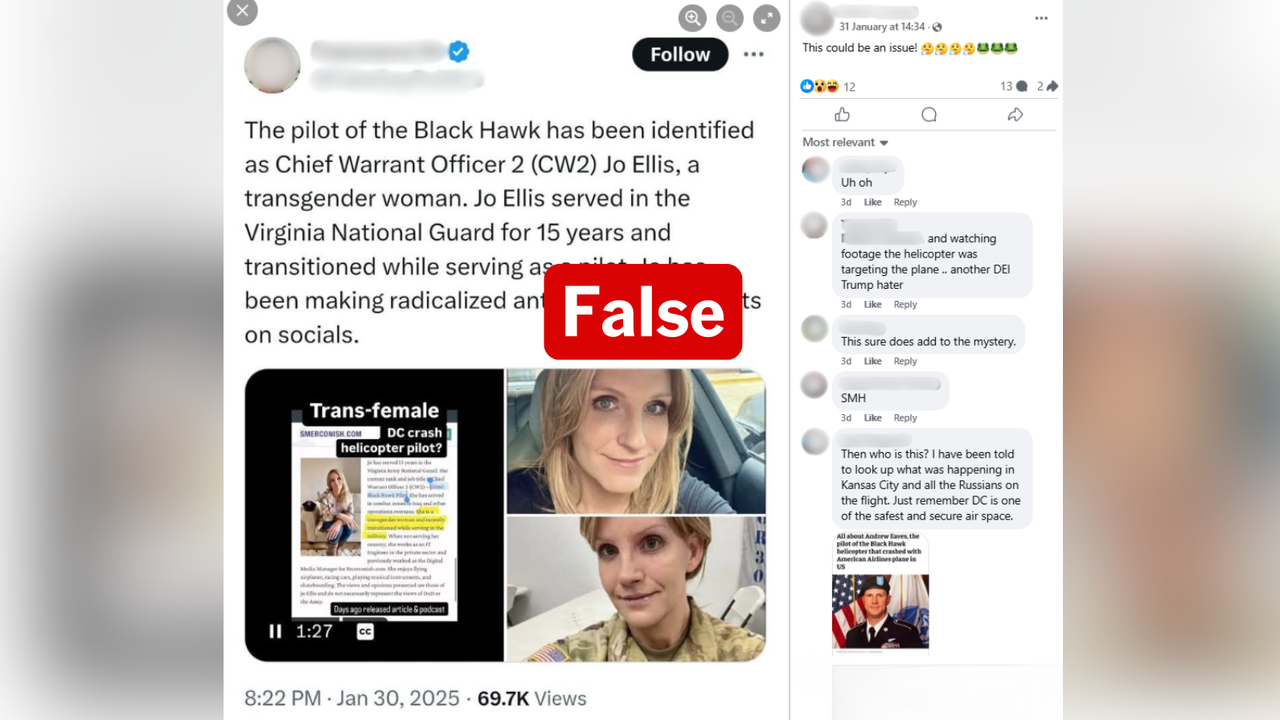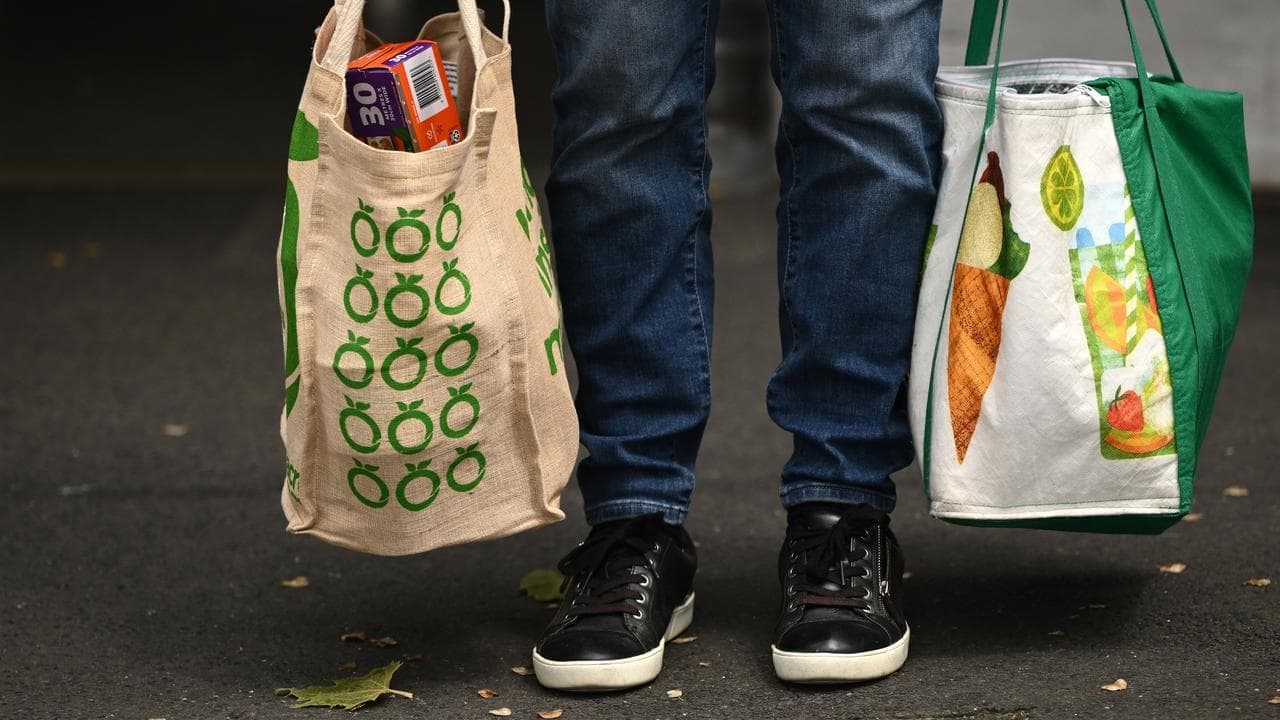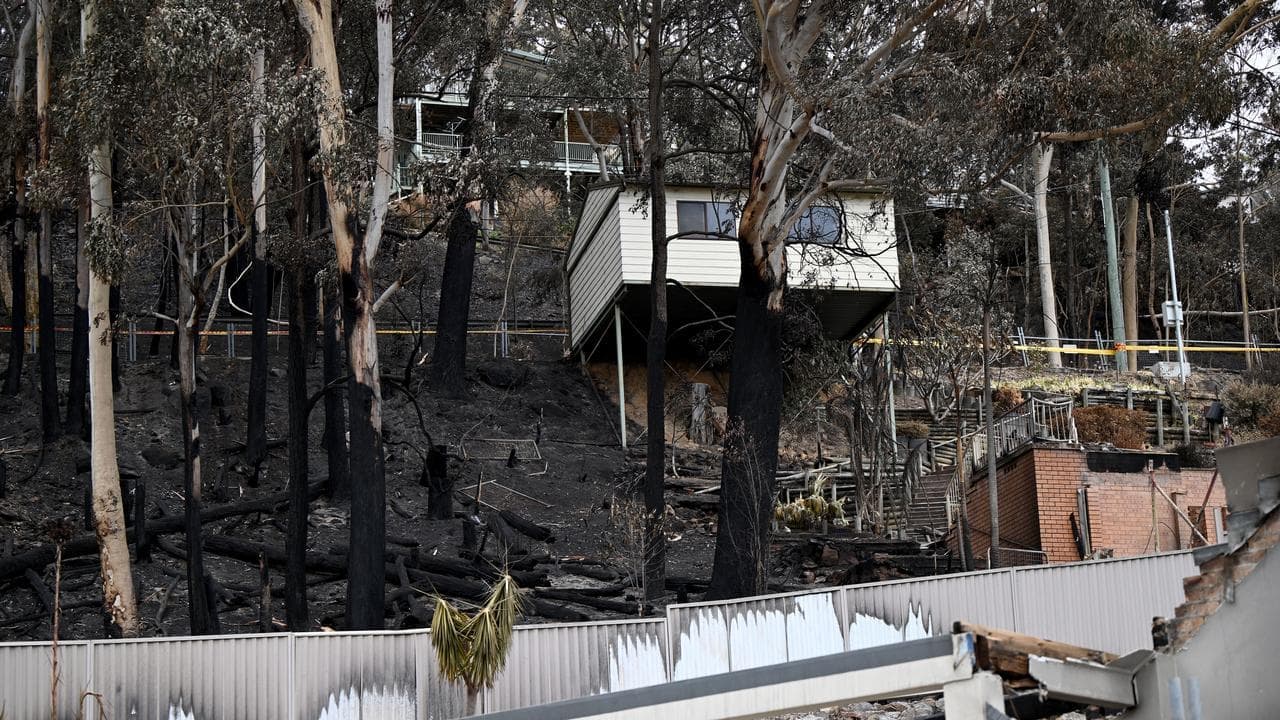WHAT WAS CLAIMED
A photo shows prisoners following the liberation of Auschwitz.
OUR VERDICT
False. The image has been generated with artificial intelligence technology.
AAP FACTCHECK – Images created via artificial intelligence (AI) but described as "historical" are leaving social media users unsure of what's fact and what's fiction.
Events from Beatles recording sessions to the liberation of Auschwitz are being digitally reimagined but passed off as real, and experts are warning of serious consequences.
AI professor Toby Walsh is the former editor-in-chief of the publications Journal of Artificial Intelligence Research and AI Communications.
He told AAP FactCheck AI technology is more sophisticated now than ever, but there are still clues to look for.
"It used to be that AI got fingers wrong and made other simple mistakes … but this is no longer the case," Professor Walsh said.
Several examples of AI mischief appear on a Facebook page called Age of Exploration, which one photo supposedly showing The Beatles recording the track Tomorrow Never Knows.
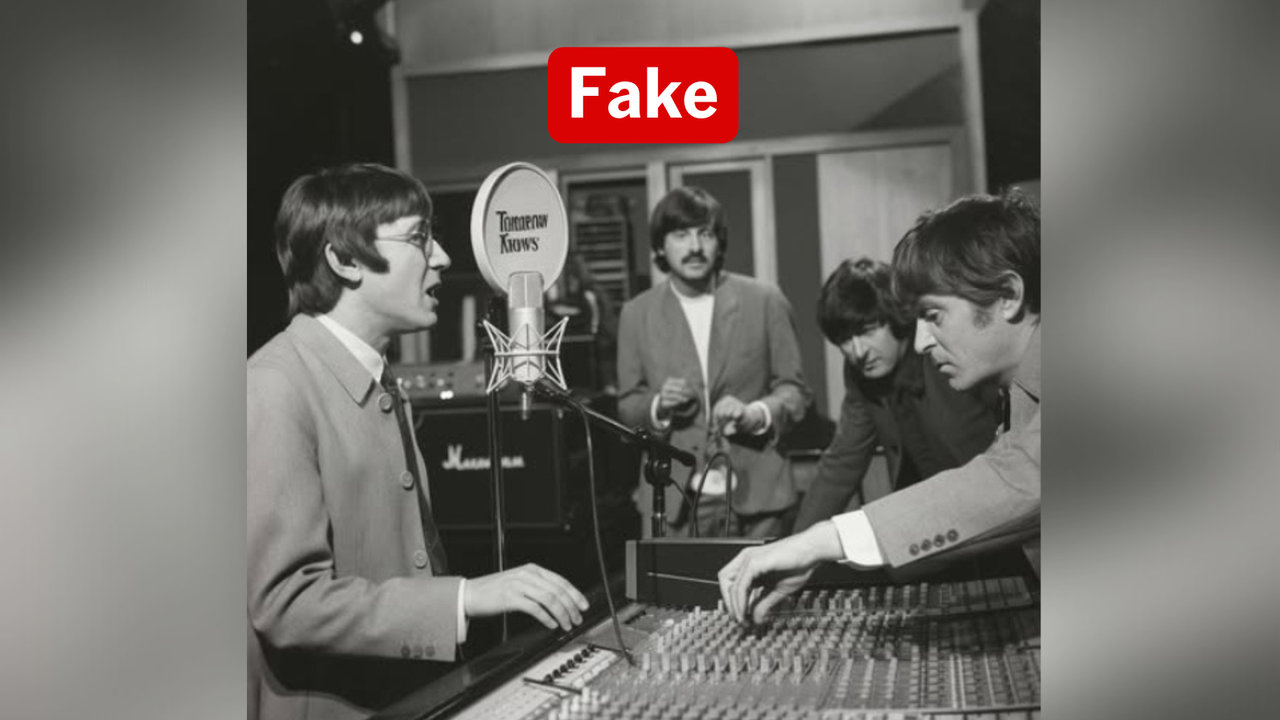
The clearest indication the image was fake, Professor Walsh said, was the incorrect spelling of the track on the microphone, because AI "still struggles with writing in signs".
The fake band members' appearance is also quite different to that of the actual Fab Four in April 1966, when Tomorrow Never Knows was recorded, as a Getty image reveals.
The Facebook page includes several other AI-generated images, including a supposed photo described as "18 year old Philip meeting then 13 year old Princess Elizabeth" in 1939.
Among the clues the image is fake are the fact that the framing, lighting, expressions and background are all too perfect, and the details too clear, for a photograph from 1939.
A Getty image of Prince Philip aged 18 also confirms he had a full head of hair at the time.
Another image, supposedly of Anne Frank sitting at her desk in Amsterdam in 1941, is again too clear to have been taken more than 80 years ago.

Comparison with Holocaust Memorial Museum photos of the 12-year-old from that year confirm the Facebook image is a fake.
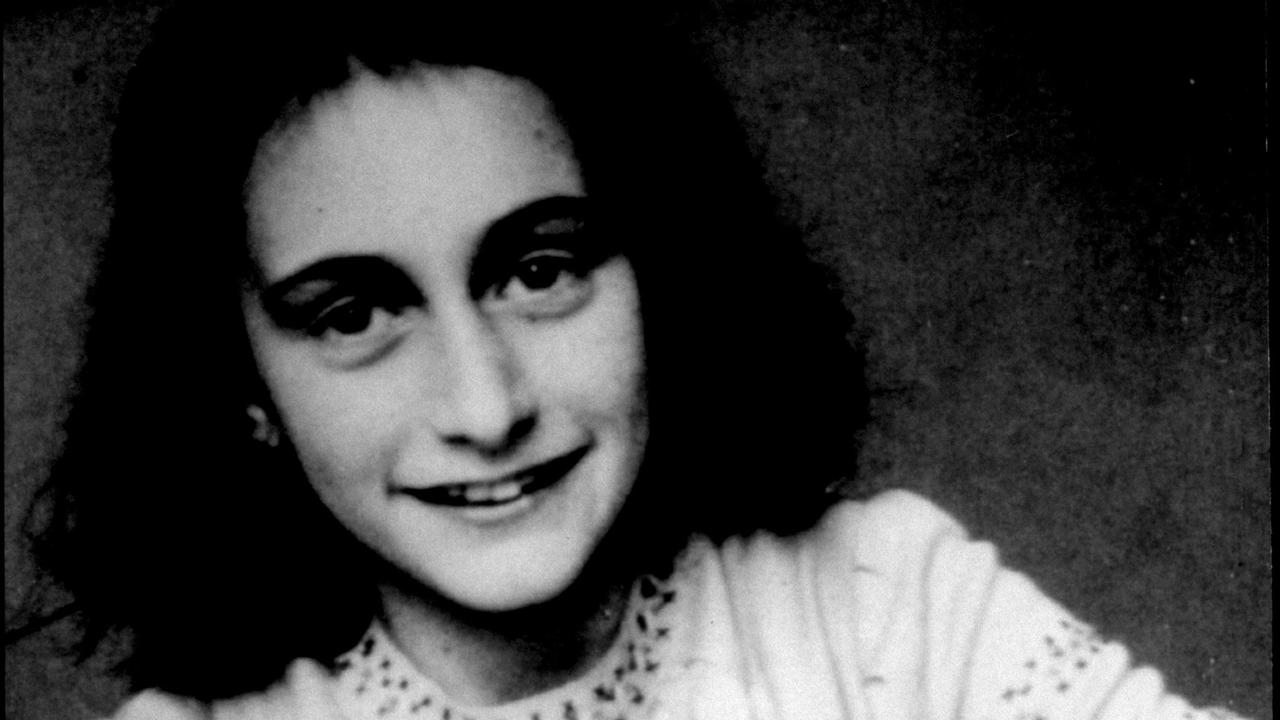
An image supposedly showing the liberation of Auschwitz shows seemingly well-clothed and well-fed prisoners in what's claimed to be the immediate aftermath of the Soviets liberating the concentration camp.
Not only do the arms of the prisoners sit in impossible positions, the image is at odds with genuine photos of prisoners who emerged from the camp in January 1945.
"We're used to believing what we see. We're now in a world where that is no longer the case," Prof Walsh said.
"I fear that truth itself is under threat."
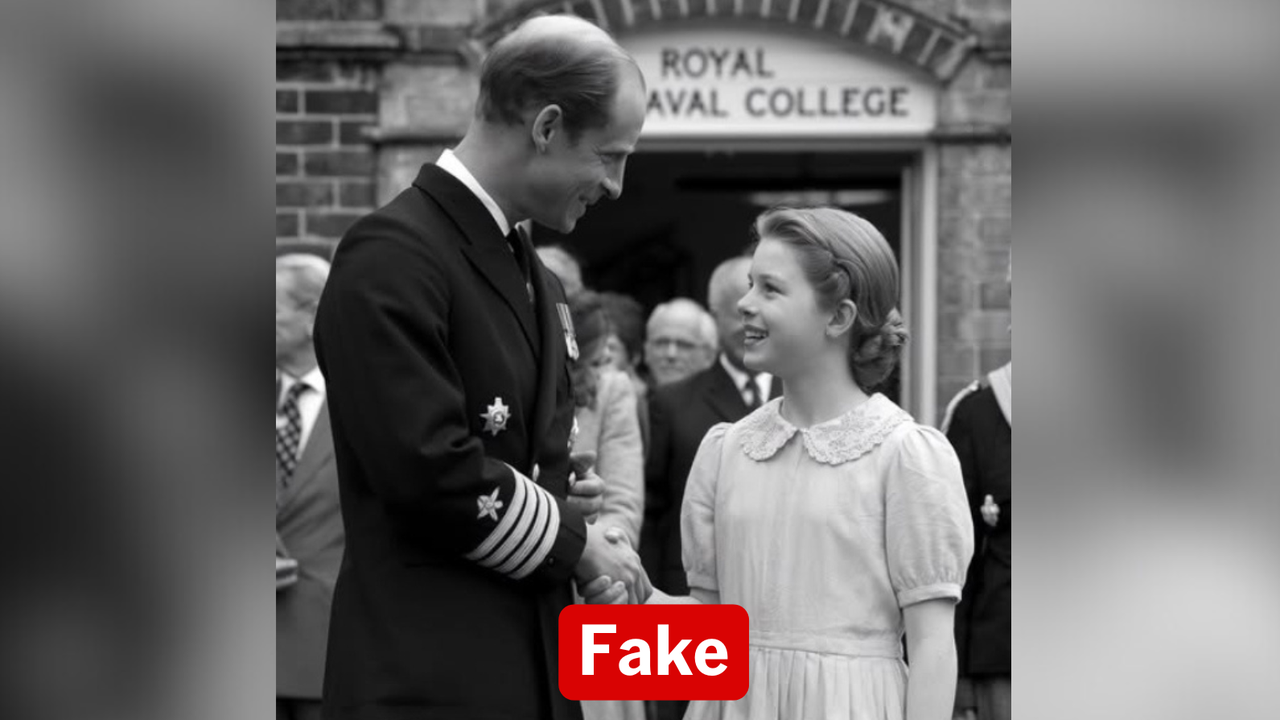
Prof Walsh said social media almost needed to become worse so it would be consumed as entertainment, rather than news.
"There's a little part of me that hopes social media becomes so awash with such images that we realise that it's just a place to be entertained," he said.
"And if we want to find out the news, we have to go to the people who do the leg work to verify the veracity of what they put out."
People can't "unsee" images, Prof Walsh added, referring to a viral fake image of Pope Francis from March 2023.
"The pope will always be wearing a white puffer jacket," he said.
Fake images becoming mixed with reality and ingrained into "history" was already proving problematic.
"Are those images of Gaza in rubble real or fake? What can we believe when there's so much manipulation? Not just by AI, but also by governments, by terrorists?"
AAP FactCheck is an accredited member of the International Fact-Checking Network. To keep up with our latest fact checks, follow us on Facebook, Twitter and Instagram.






